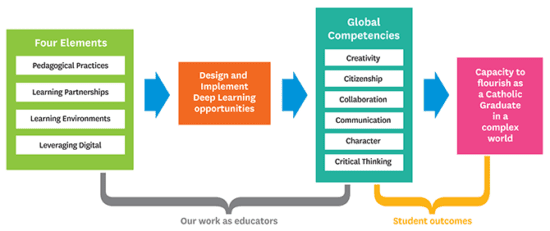Our school had started a Makerspace committee among some of the staff. They are in charge of organizing the 4 Makerspace carts the TLLP team had put together. The Tech club got a chance to preview these 4 carts and give feedback to the teachers on the Makerspace committee.
After the club got familiar with all the items and gadgets within the carts, Katie and I decided to begin introducing Spencer and Juliani's Launch Cycle. This cycle is a great design thinking process framekwork for students to follow. Students main goal is to design and create a self-regulation tool (Getting to Green tool) for students in another school. The Prezi shows how we infused the Launch cycle framework with the Tech Club students.
Prezi
Katie & Yolanta
Prezi
Katie & Yolanta









